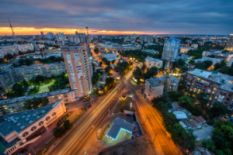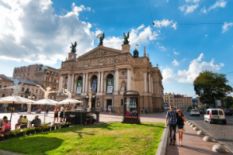Safety Background of Kyiv
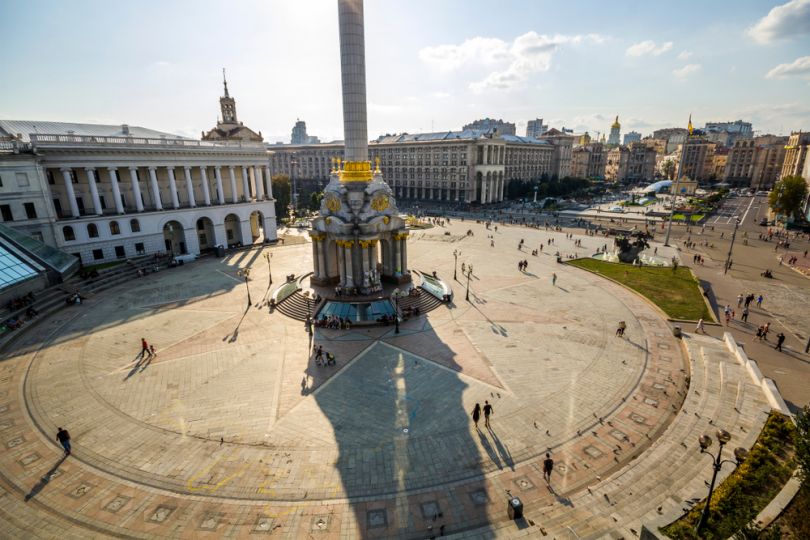 As a rule, visiting Kyiv is safe as long as you keep to the basic rules: avoid walking alone late at night in dark or poorly lit streets; keep your valuables and cash safe and out of sight, especially in crowded areas, tourist spots and public transport. It is also better to have your ID with you, as well as the Embassy number saved in contacts. In case of emergency, it is always better to contact the Embassy of your country.
As a rule, visiting Kyiv is safe as long as you keep to the basic rules: avoid walking alone late at night in dark or poorly lit streets; keep your valuables and cash safe and out of sight, especially in crowded areas, tourist spots and public transport. It is also better to have your ID with you, as well as the Embassy number saved in contacts. In case of emergency, it is always better to contact the Embassy of your country.
The country had a complete reformation of the police forces. Nowadays, all officers have completed an appropriate physical and psychological training. The police patrol different districts of the city every night, so even the level of noise in downtown has dropped substantially. Moreover, officers nowadays speak at least basic English, so that the tourists can apply to them in the time of need.
The level of fraud isn’t as high — while there are some traps like shady people in the metro claiming they raise money for charity, most people are well aware of this kind of fraud. Mugging and assault don’t happen as often, especially in the downtown. There are some districts that are best to be avoided at night, namely Desnianskyi, Dniprovskyi and Darnytsia. Ukraine still fights with a system of bribing, common in many areas. If you encounter any bribe demands or threats from the staff of governmental establishments, it is necessary to apply to the police. Luckily, racism and race-based crimes aren’t regular in Ukraine, especially when it comes to tourists. In general, Ukrainians and dwellers of Kyiv are welcoming, hearty and willing to help and make sure you feel safe and secure.
Road Safety
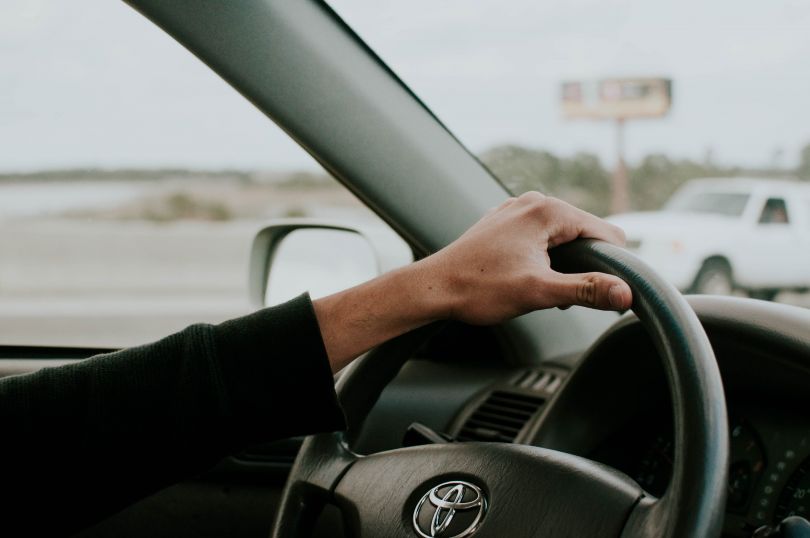 Driving and crossing the road is a crucial point when it comes to safety in Kyiv. Unfortunately, it’s not uncommon that some people drive drunk or don’t stop to let the pedestrians cross the road. That’s why it is always necessary to look both ways before crossing. Avoid crossings without the lights at night and don’t jaywalk — sometimes the streets aren’t simply lit enough for the driver to see a person crossing in an inappropriate place. As for those behind the wheel, it’s worth noting that the quality of Ukrainian roads still leaves a lot to be desired. Keeping under the speed limit and researching the roads beforehand will keep you out of trouble. You may also read up on the updated driving rules for Ukraine in 2018.
Driving and crossing the road is a crucial point when it comes to safety in Kyiv. Unfortunately, it’s not uncommon that some people drive drunk or don’t stop to let the pedestrians cross the road. That’s why it is always necessary to look both ways before crossing. Avoid crossings without the lights at night and don’t jaywalk — sometimes the streets aren’t simply lit enough for the driver to see a person crossing in an inappropriate place. As for those behind the wheel, it’s worth noting that the quality of Ukrainian roads still leaves a lot to be desired. Keeping under the speed limit and researching the roads beforehand will keep you out of trouble. You may also read up on the updated driving rules for Ukraine in 2018.
Language
 Many tourists and expats that come to Kyiv are worried about that Ukrainians don’t speak English. While the elderly may have trouble to get by, the younger generation usually understands and speaks English well. In case your phone battery is dead and any question arises, it is better to apply to the younger-looking passers-by. The less they can do for you if they do not know the address you seek is to show the route on the Google Maps from their smartphone or help to read signs on the paper map.
Many tourists and expats that come to Kyiv are worried about that Ukrainians don’t speak English. While the elderly may have trouble to get by, the younger generation usually understands and speaks English well. In case your phone battery is dead and any question arises, it is better to apply to the younger-looking passers-by. The less they can do for you if they do not know the address you seek is to show the route on the Google Maps from their smartphone or help to read signs on the paper map.
As mentioned before, the police officers speak at least basic English to ensure that tourists are safe in Kyiv. If you want to be one hundred percent prepared, it might be a good idea to buy or download a phrasebook: Google translator does not always give accurate translations of long sentences. Note that the 3G Internet often does not function well enough across all the territory of the country. The signal, however, is well-maintained in Kyiv.
Getting Around
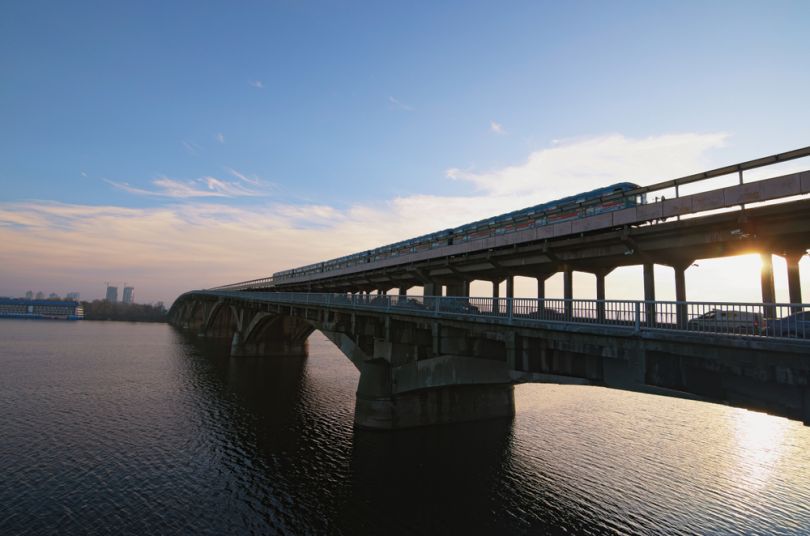 Kyiv is divided into 10 districts on the left and right banks of the city. Pecherskyi, Shevchenkovskyi and Podil districts cover the downtown and are the most popular tourist areas with plenty of hotels and Airbnb. Besides, these districts are exactly what lures in tourists when it comes to Ukrainian capital — wonderful sightseeing and plenty of cheap but delicious fine dining spots. Here you will find historical landmarks like the Golden Gates, the statue of Motherland, Kyiv Pechersk Lavra, St. Sophia’s Cathedral and St. Andrew’s Church. The latter is located on Kyiv Montmartre — Andriyvskyi Descent, full of artists selling their works and vendors with unique handmade souvenirs. The descent leads to the historical district of the city, Podil, and to the embankment of the Dnipro River which divides Kyiv into two banks.
Kyiv is divided into 10 districts on the left and right banks of the city. Pecherskyi, Shevchenkovskyi and Podil districts cover the downtown and are the most popular tourist areas with plenty of hotels and Airbnb. Besides, these districts are exactly what lures in tourists when it comes to Ukrainian capital — wonderful sightseeing and plenty of cheap but delicious fine dining spots. Here you will find historical landmarks like the Golden Gates, the statue of Motherland, Kyiv Pechersk Lavra, St. Sophia’s Cathedral and St. Andrew’s Church. The latter is located on Kyiv Montmartre — Andriyvskyi Descent, full of artists selling their works and vendors with unique handmade souvenirs. The descent leads to the historical district of the city, Podil, and to the embankment of the Dnipro River which divides Kyiv into two banks.
When navigating Kyiv, locals usually use reliable taxi apps like Uber and Uklon or public transport: metro, trolleybuses, trams, and private buses called marshrutkas, easily recognized by their bright yellow color. Metro by far is the most popular and the safest transport in Kyiv. It covers the center of the city and nearly all far-away spots with key travel points like the bus station from where you can get to Boryspil (KBP) airport. At the moment a single ride in metro costs UAH 8. Trolleybuses are the runner-up, covering the districts otherwise unreachable by metro. A single ride in a trolley costs UAH 8. Trams are mostly used to navigate Podil, the historical district of Kyiv, and to get to Pushcha-Vodytsia, a popular neighborhood with an abundance of nature and various picnic spots.
Finally, those who live in the farthest city districts or in the suburbs often use marshrutkas. The ticket price is determined by private companies and ranges from UAH 8 to UAH 12. As marshrutkas are not state-controlled, often the safety of this Kyiv transport leaves much to be desired. It’s better to opt for more reliable options.
Health Insurance
![]() Another crucial point worth mentioning is how to get emergency care in Kyiv. Foreigners in Ukraine are provided with this medical service within their insurance policy. You can apply to state and private ambulances. Public medical ambulance is compensated by medical emergency insurance for foreigners, therefore it is free of charge. Sometimes, though, it is necessary to buy additional medicine recommended by the emergency care assistance or paramedics for the further care. For instance, if the patient is no longer in danger and decides to skip the hospitalization, certain meds can be prescribed to prevent the possible relapse.
Another crucial point worth mentioning is how to get emergency care in Kyiv. Foreigners in Ukraine are provided with this medical service within their insurance policy. You can apply to state and private ambulances. Public medical ambulance is compensated by medical emergency insurance for foreigners, therefore it is free of charge. Sometimes, though, it is necessary to buy additional medicine recommended by the emergency care assistance or paramedics for the further care. For instance, if the patient is no longer in danger and decides to skip the hospitalization, certain meds can be prescribed to prevent the possible relapse.
As for the private emergency, if the hospital giving the services isn't listed on the insurance company compensations, it can be quite expensive. The cost of emergency help in Kyiv can vary from UAH 600 to 1000 depending on the clinic. As a rule, private emergencies work faster and more efficiently than the private ones. It is necessary to mention that there is no single hotline for a medical emergency like 911 in Ukraine.
The phone numbers to be remembered are the following:
Fire Station – 101
Police Office – 102
Ambulance – 103
Note that the operators generally don't understand conversational English, so it is better to have a translator or a friend who can speak for the patient. As a rule, it takes up to 20 minutes for the ambulance to reach the patient's house in the cities.
Nightlife Tips
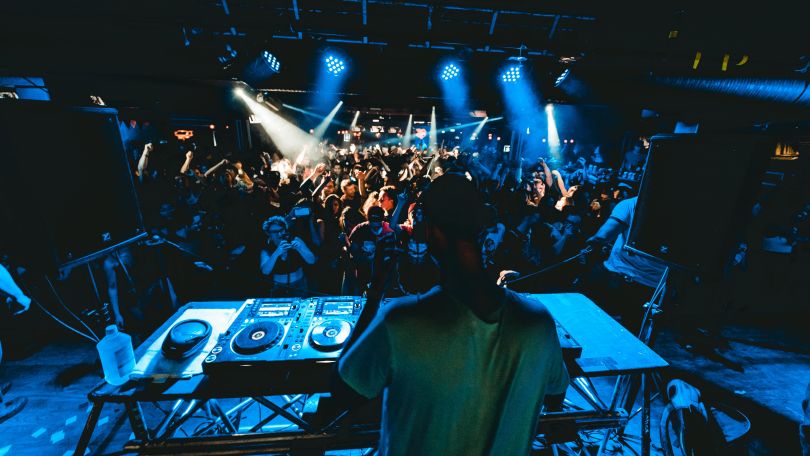 Kyiv is often called the new Berlin thanks to its rising nightlife scene. Popular electronic music parties like Skhema lure in visitors from all over Europe. Like with any party, there are rules to follow to stay safe on Kyiv raves:
Kyiv is often called the new Berlin thanks to its rising nightlife scene. Popular electronic music parties like Skhema lure in visitors from all over Europe. Like with any party, there are rules to follow to stay safe on Kyiv raves:
- Don’t take too much money and different credit cards with you. Just get the certain sum of cash and a card with a small limit.
- Check the location of the venue beforehand. If it looks too complicated to reach, order a taxi via reliable mobile apps like Uber or Uklon to avoid translation difficulties.
- Usually, Kyiv clubs and restaurants accept credit cards, but it’s always better to ask if they accept the type of card you have. After checking the bill, ask the waiter to bring the terminal to your table. This way you will have your card in the sight all the time so that no one copies your CC details.
- Don’t leave your drinks unattended. Drink spiking is not unheard of in Kyiv, so it’s always better to finish your drink before you go to the bathroom or to smoke outside.
Useful Apps
 Luckily, there are numerous apps that help tourists stay safe and have the best time in Kyiv. The first to mention is, of course, Google Maps. The app has all the best sightseeing and fine dining spots to check out in the city. However, it’s worth noting that you shouldn’t rely on the timetables within the map, especially when it comes to buses. Locals usually use an app EasyWay to track trolleybuses or buses. It’s free and available for iOS and Android. Our guide on online taxi apps in Kyiv might come in handy if Uber or Uklon are too costly or overbooked.
Luckily, there are numerous apps that help tourists stay safe and have the best time in Kyiv. The first to mention is, of course, Google Maps. The app has all the best sightseeing and fine dining spots to check out in the city. However, it’s worth noting that you shouldn’t rely on the timetables within the map, especially when it comes to buses. Locals usually use an app EasyWay to track trolleybuses or buses. It’s free and available for iOS and Android. Our guide on online taxi apps in Kyiv might come in handy if Uber or Uklon are too costly or overbooked.
Another useful app is bSafe, which is often used by tourists and locals internationally. This app lets you send an SOS signal to your guardians in case of trouble. After the signal is activated, the trusted person can track your location and watch a live stream to help you navigate if you are lost. The app even makes a fake phone call to get you out of unwanted situations. The app is free and available for iOS and Android.
We hope you have a good time in Kyiv — stay safe!
Photo sources: unsplash.com, Bilanol / shutterstock.com. All images belong to their rightful authors.
